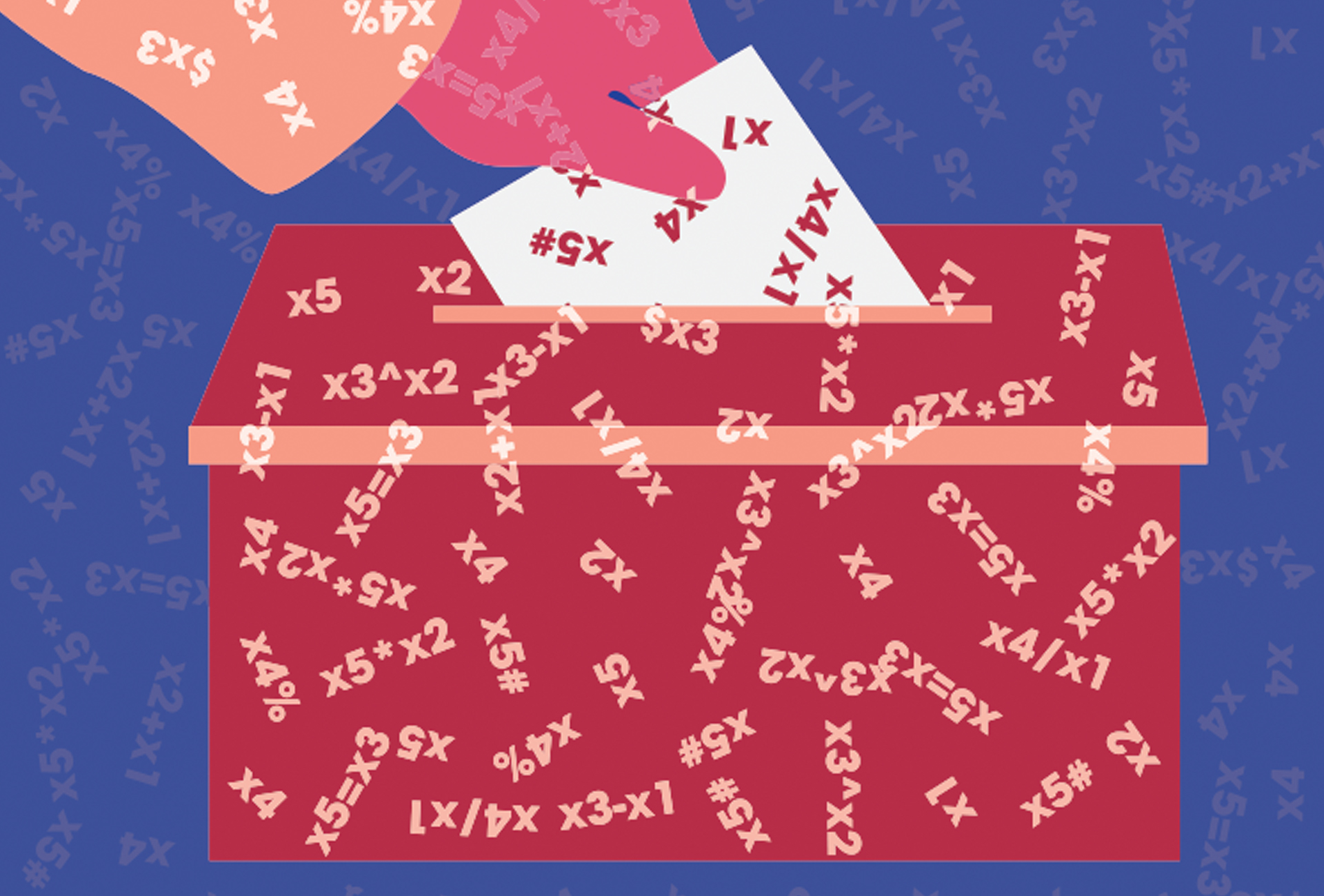Voter turnout in the U.S. is below turnout in most other advanced democracies, with only about 60 percent of eligible voters participating in the past four presidential elections and about 40 percent participating in midterm elections. While prior research indicates that those with higher levels of education are more likely to vote, new research shows high-level math and engaging civics lessons in high school increase the likelihood of casting a ballot later in life.
Using data from the study “High School & Beyond (1980),” UT sociology researchers determined how 8,400 voters were influenced by their academic preparation in high school math and civics in the 2012 presidential election and the 2014 midterm election.
“All citizens must enact their right to vote during elections for democracy to survive.”
Jamie Carroll
On average, students who completed Algebra I or higher were more likely than those who completed only general math to vote in both elections, with more than 70 percent participating in the 2012 presidential election. In contrast, nearly 40 percent of voters who completed only general math abstained from casting a ballot in 2012, and more than 60 percent did not vote in the midterm election.
Overall, those who completed advanced-level math (trigonometry or higher) were most likely to vote in both elections, with 82 percent voting in 2012 and 62 percent voting in 2014. Participation in the midterm elections was lower in all cases.
Similarly, students who tested higher in senior-year civics were 4 percent more likely to vote in presidential elections and 5 percent more likely to vote in midterm elections, compared with those whose civics test scores did not improve.
“If people who are currently underrepresented in our voting population and elected officials took higher-level courses and learned more about civics in high school, the policies that come out may look different,” says sociology Ph.D. candidate Jamie Carroll, who presented her findings at the American Sociological Association annual meeting in August. “To support individual voting, schools must consider the civic implications of unequal high school preparation. All citizens must enact their right to vote during elections for democracy to survive.”
